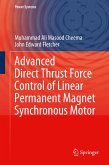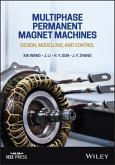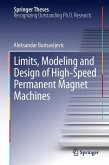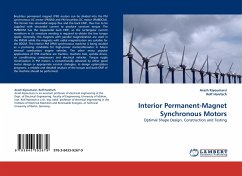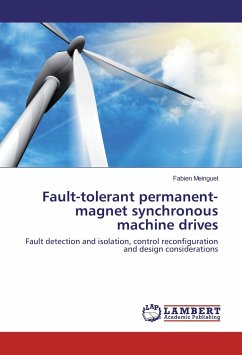In electrical engineering, an armature generally refers to one of the two principal electrical components of an electromechanical machine a motor or generator, but may also mean the pole piece of a permanent magnet or electromagnet, or the moving iron part of a solenoid or relay. The other component is the field winding or field magnet. The role of the "field" component is simply to create a magnetic field (magnetic flux) for the armature to interact with, so this component can comprise either permanent magnets, or electromagnets formed by a conducting coil. The armature, in contrast, must carry current so it is always a conductor or a conductive coil, oriented normal to both the field and to the direction of motion, torque (rotating machine), or force (linear machine). The armature's role is two-fold. The first is to carry current crossing the field, thus creating shaft torque in a rotating machine or force in a linear machine. The second role is to generate an electromotive force (EMF)
Bitte wählen Sie Ihr Anliegen aus.
Rechnungen
Retourenschein anfordern
Bestellstatus
Storno




